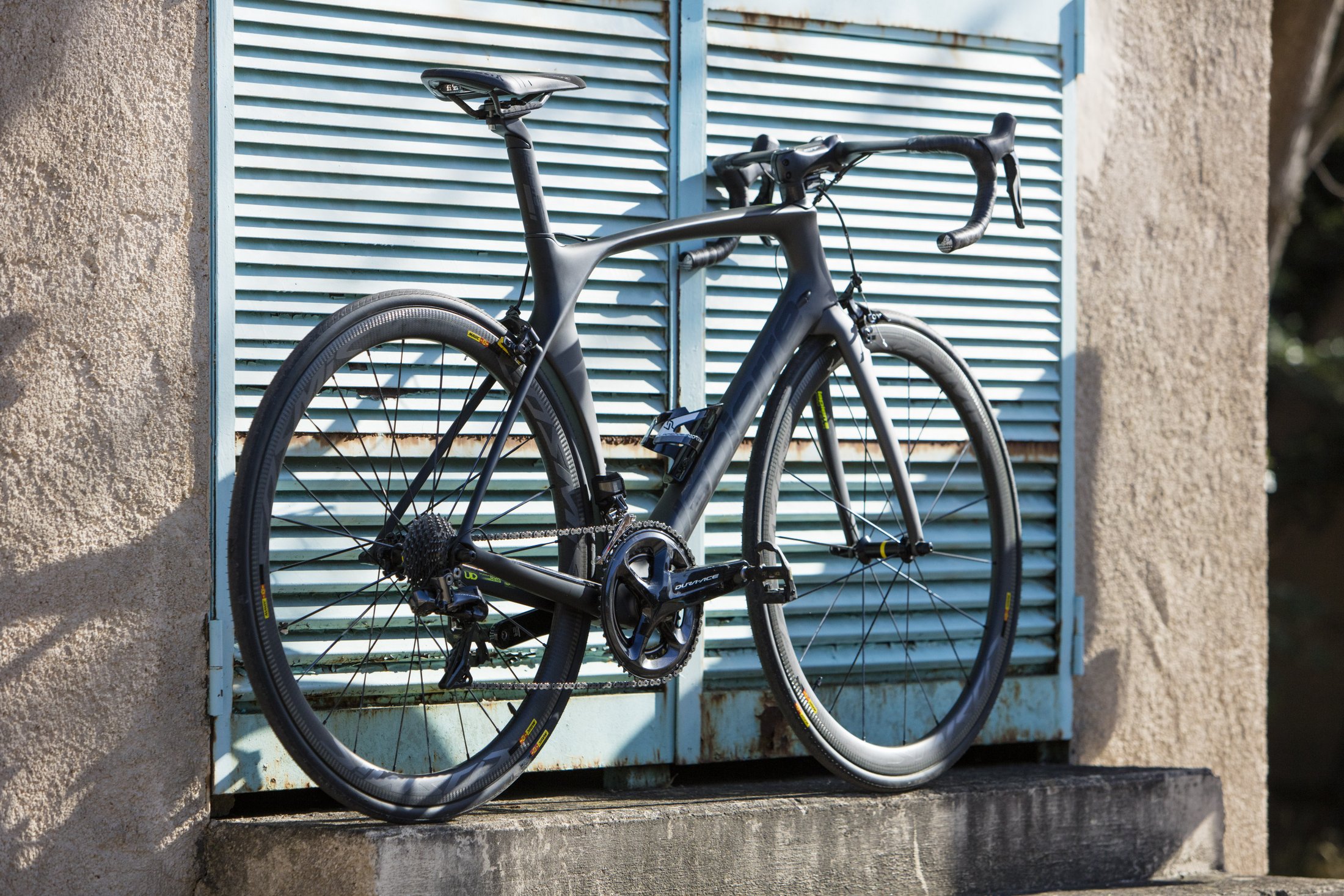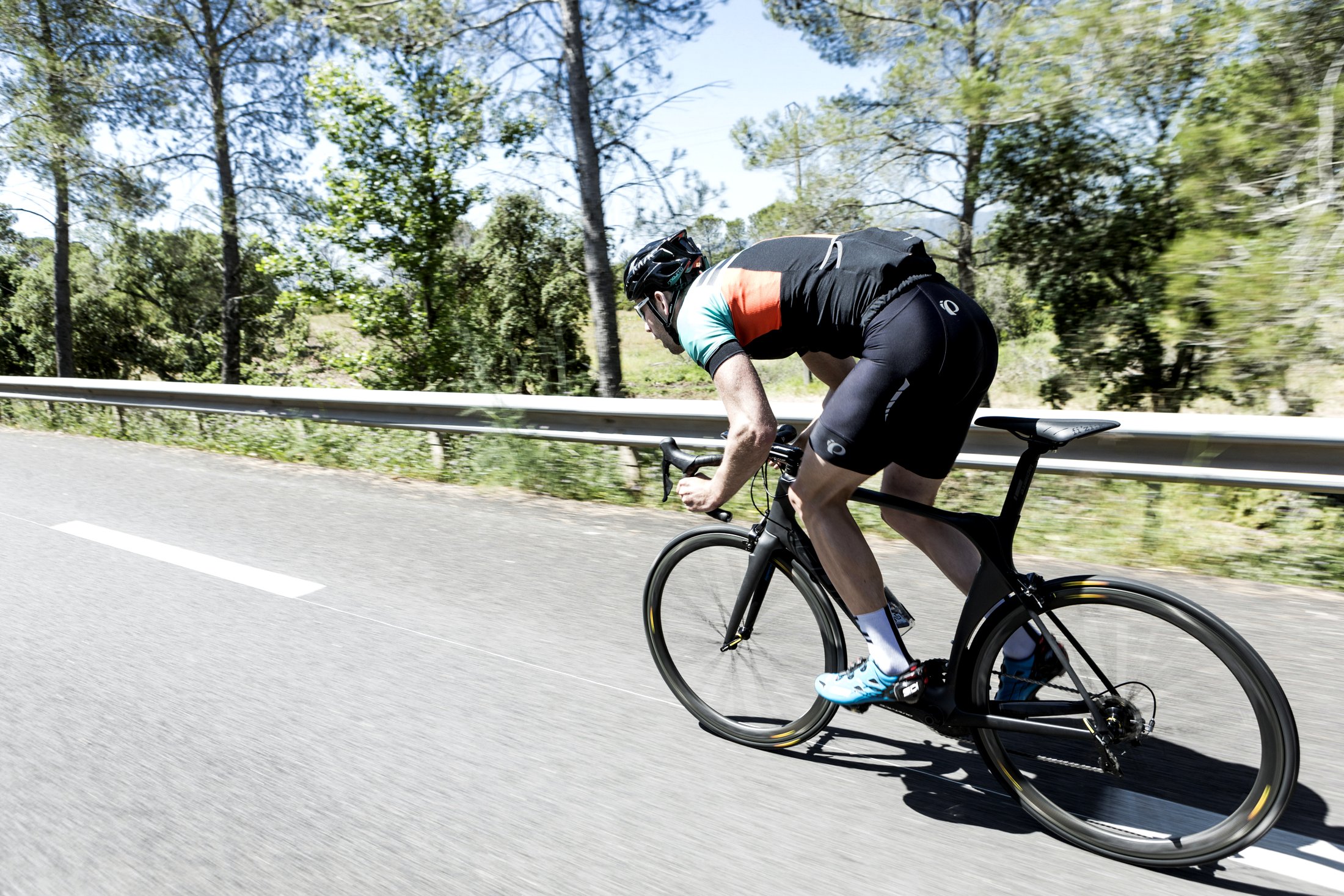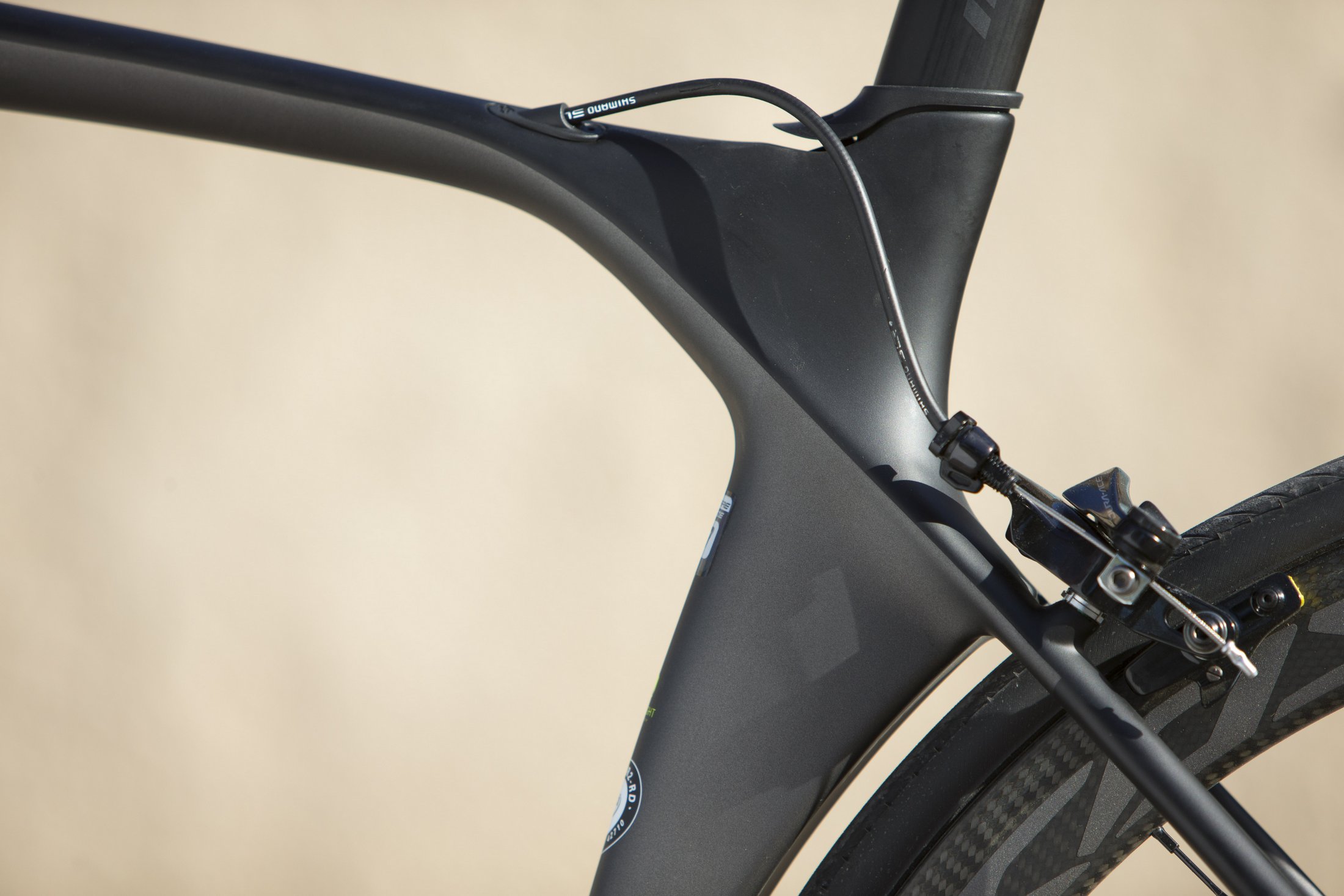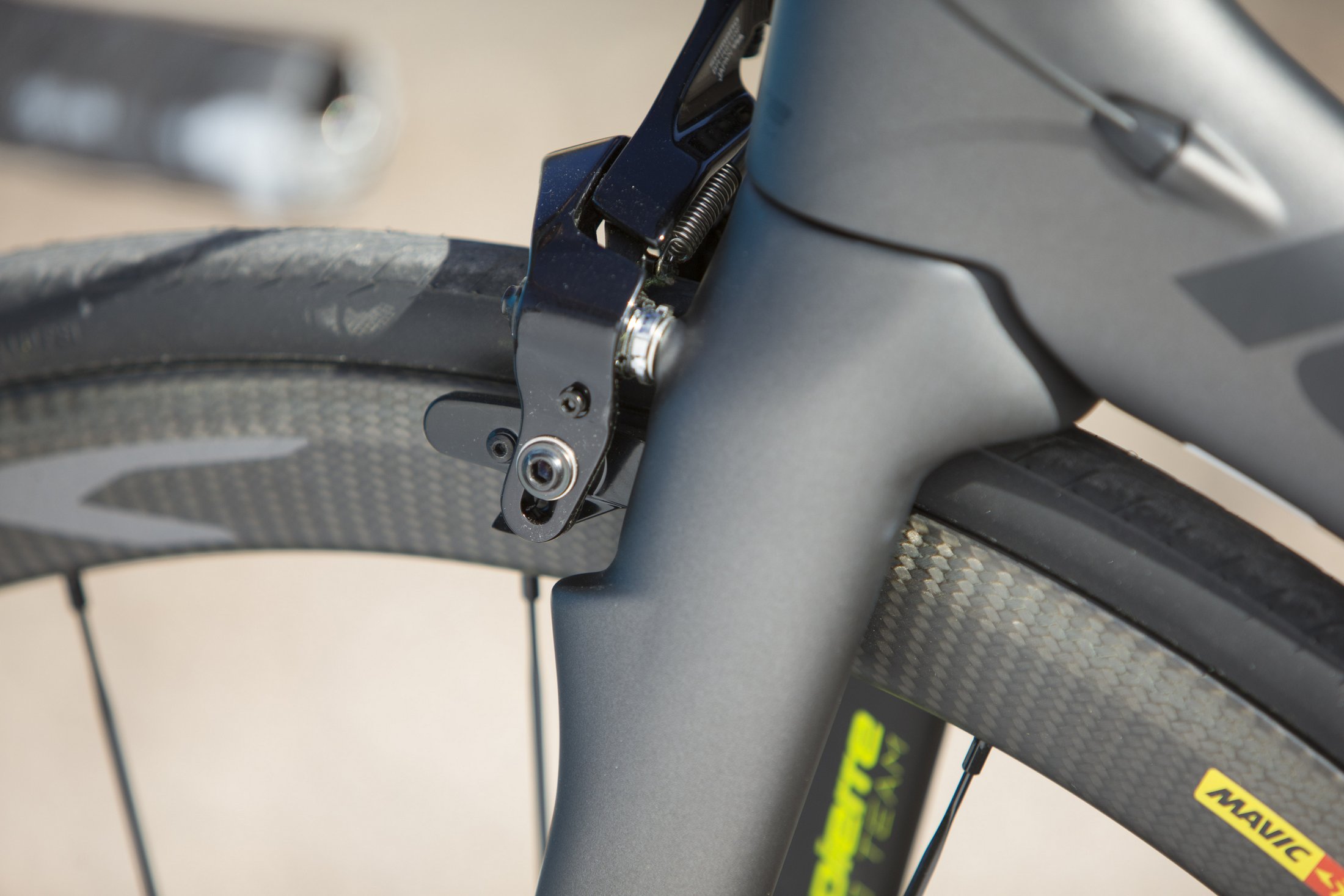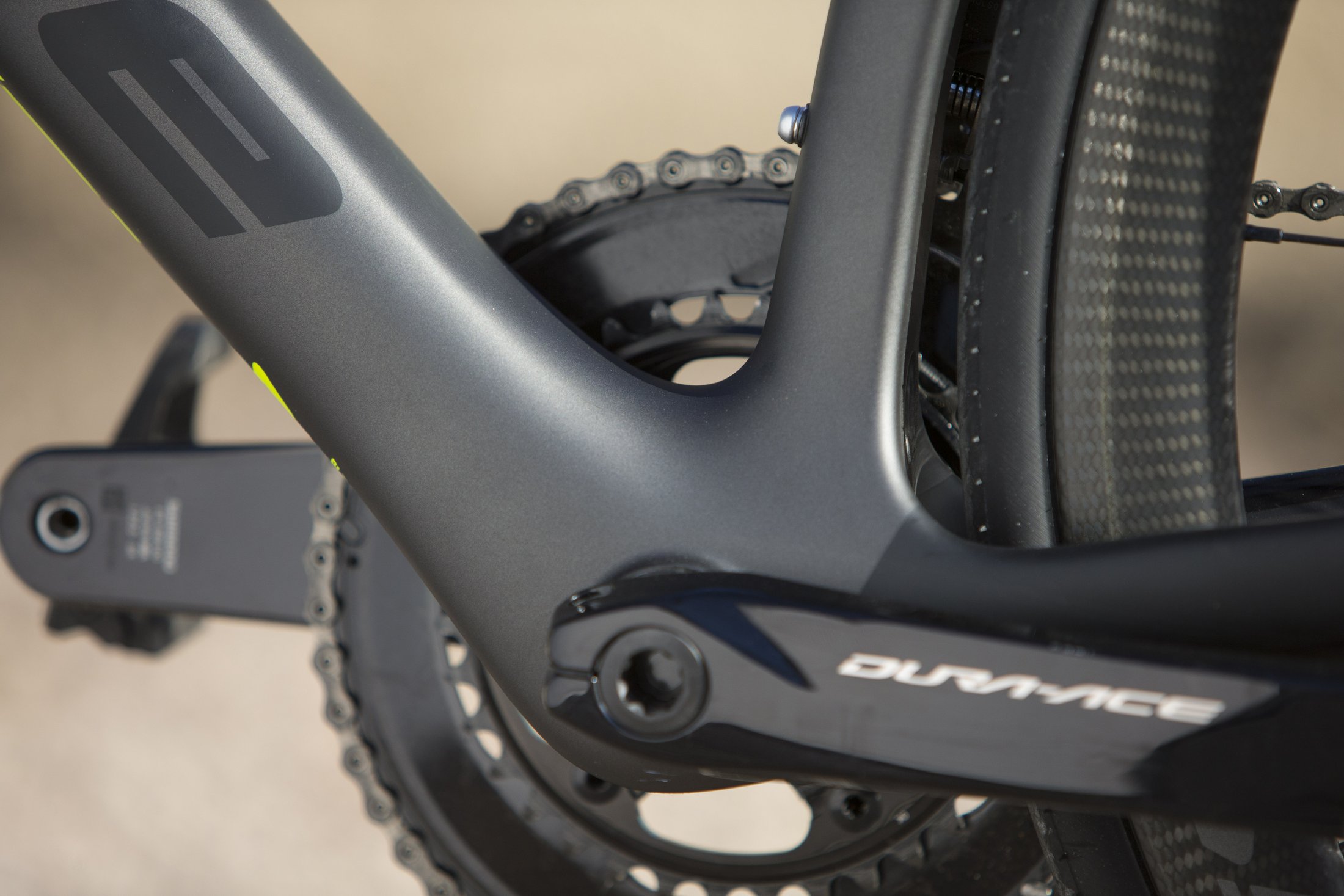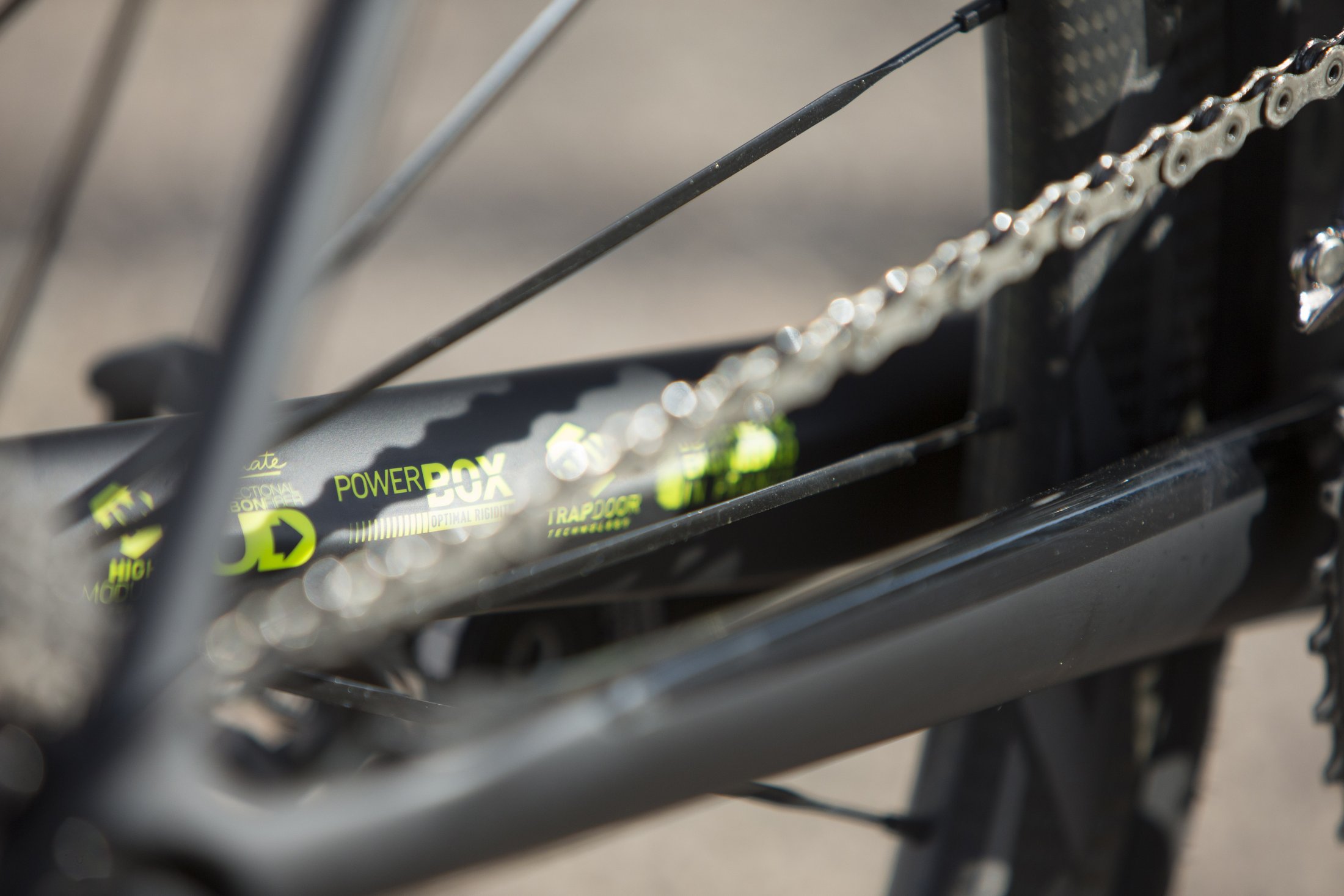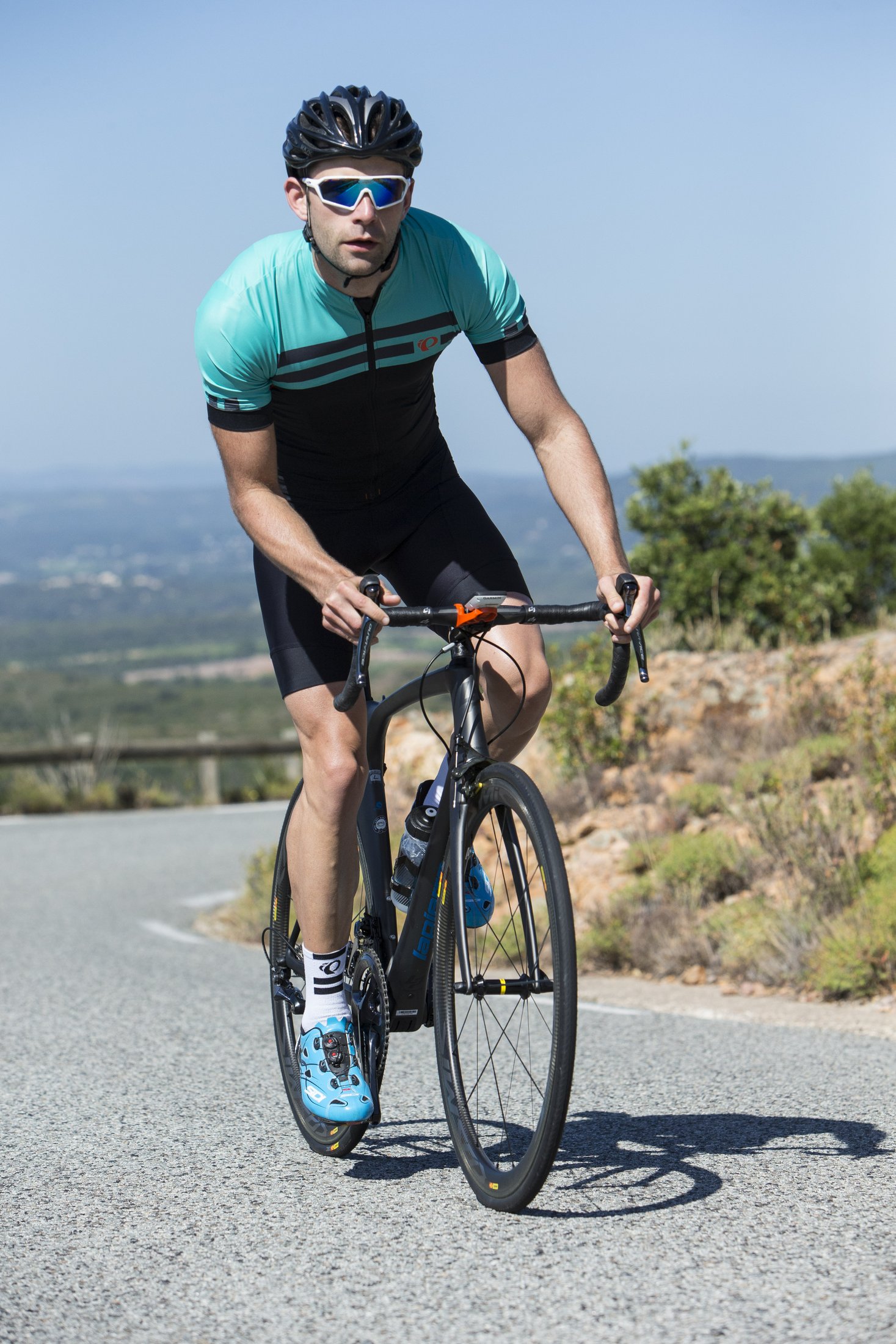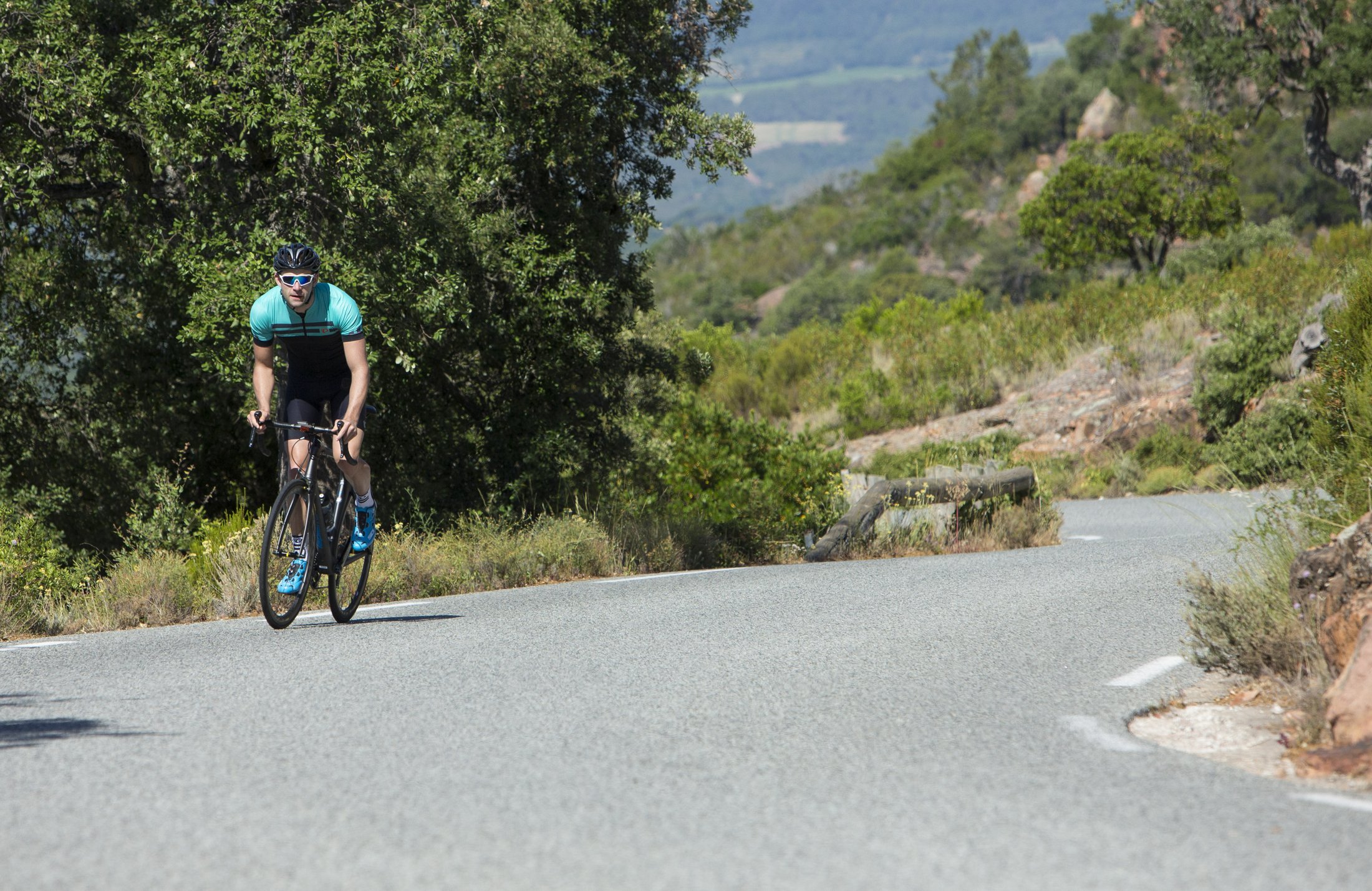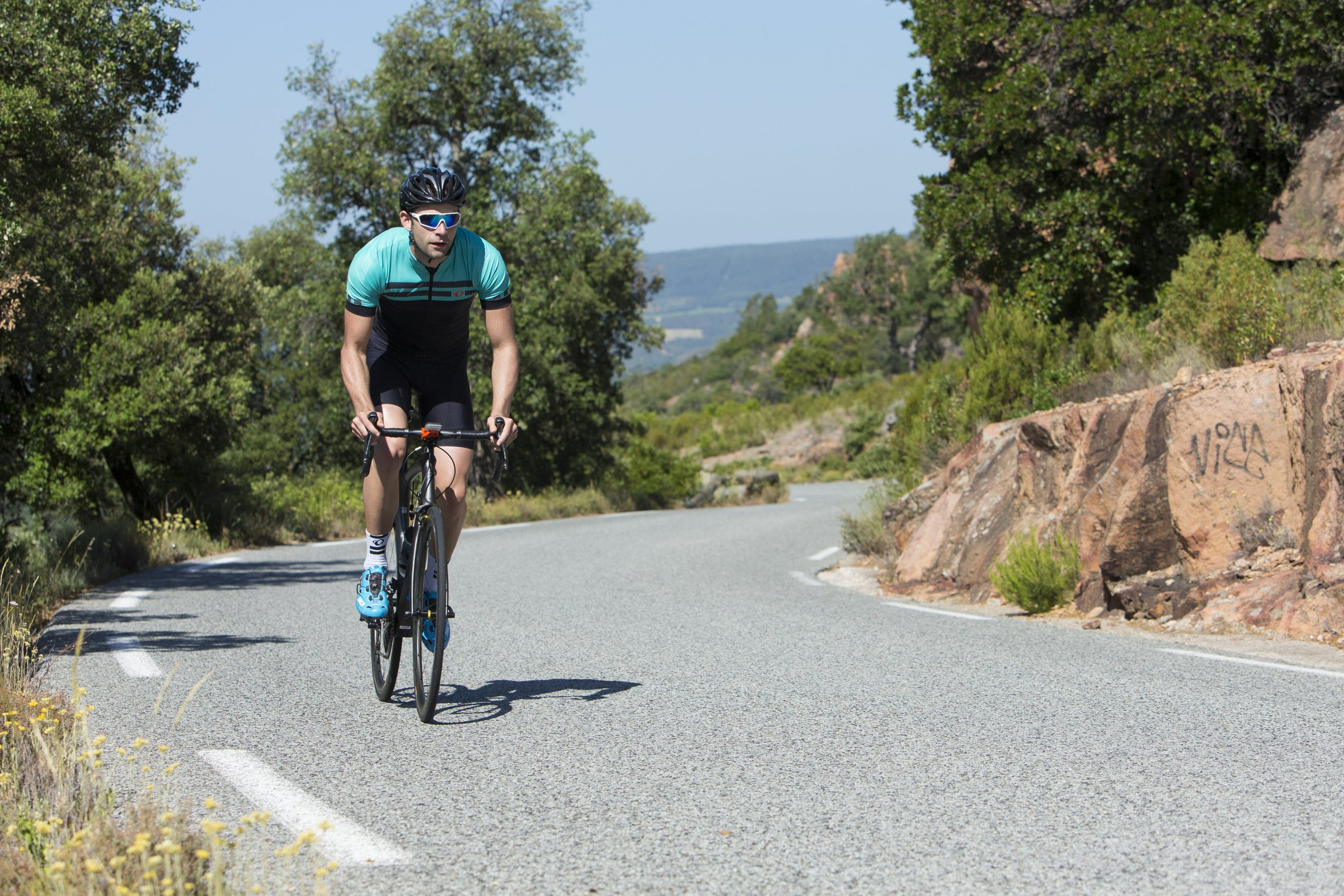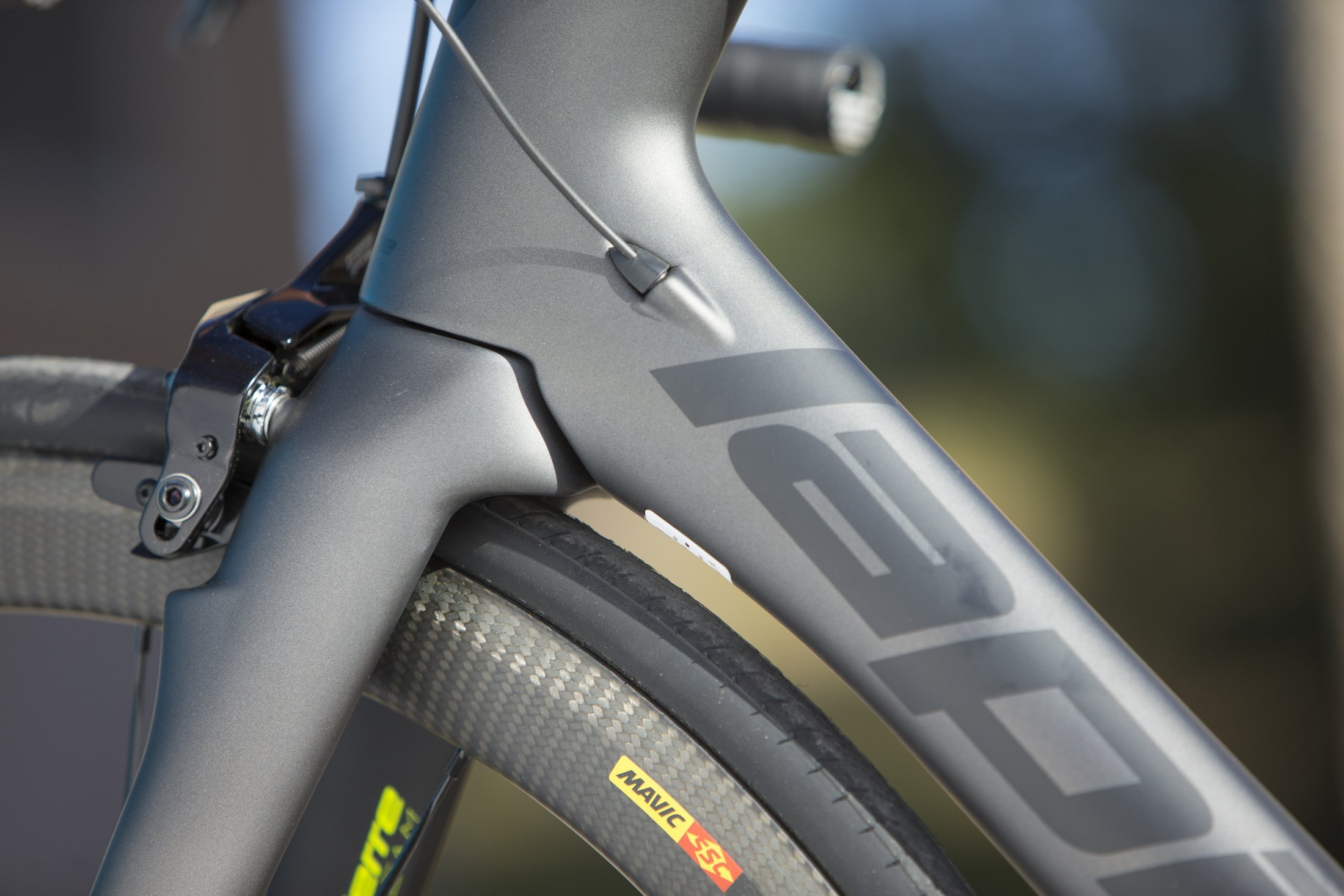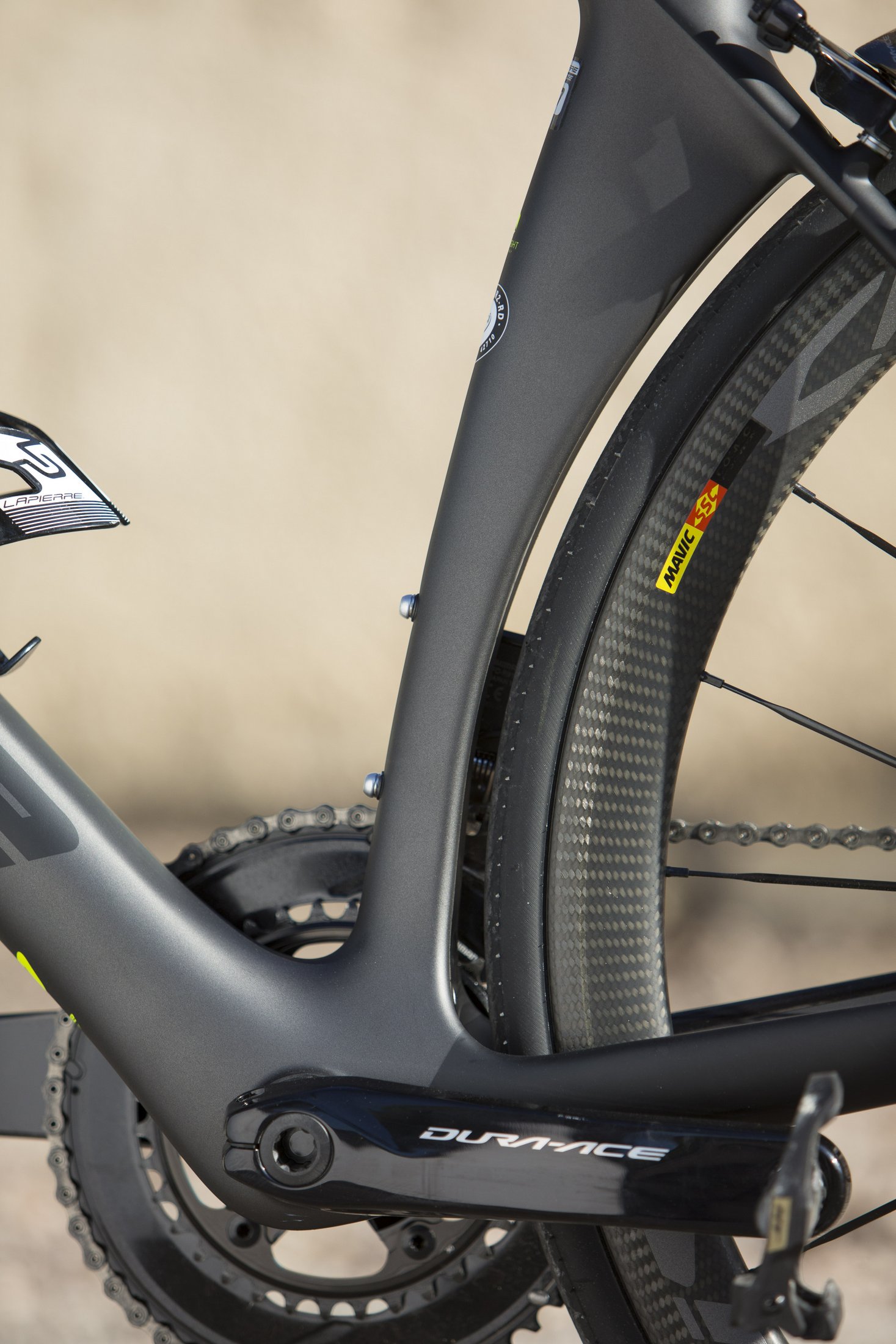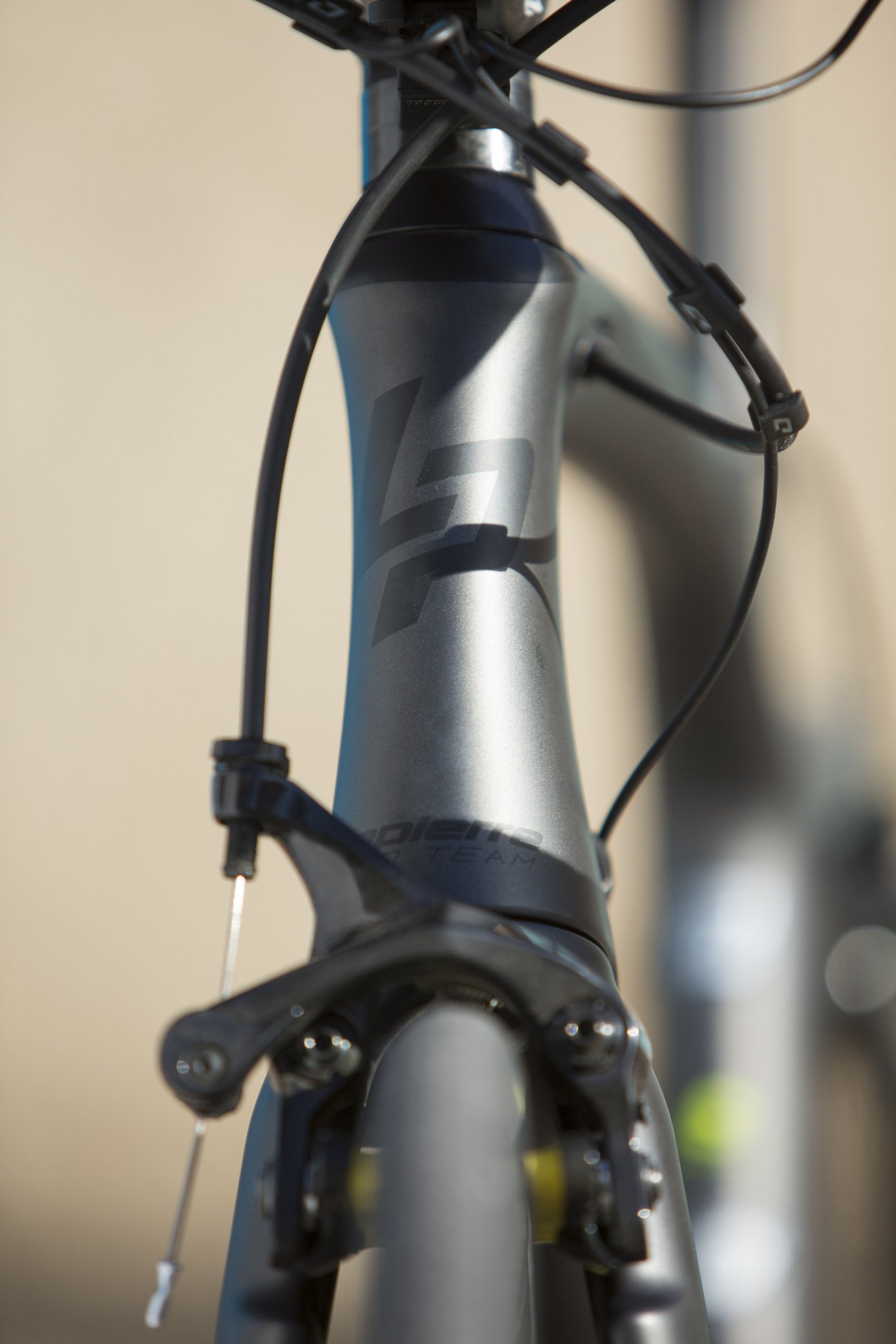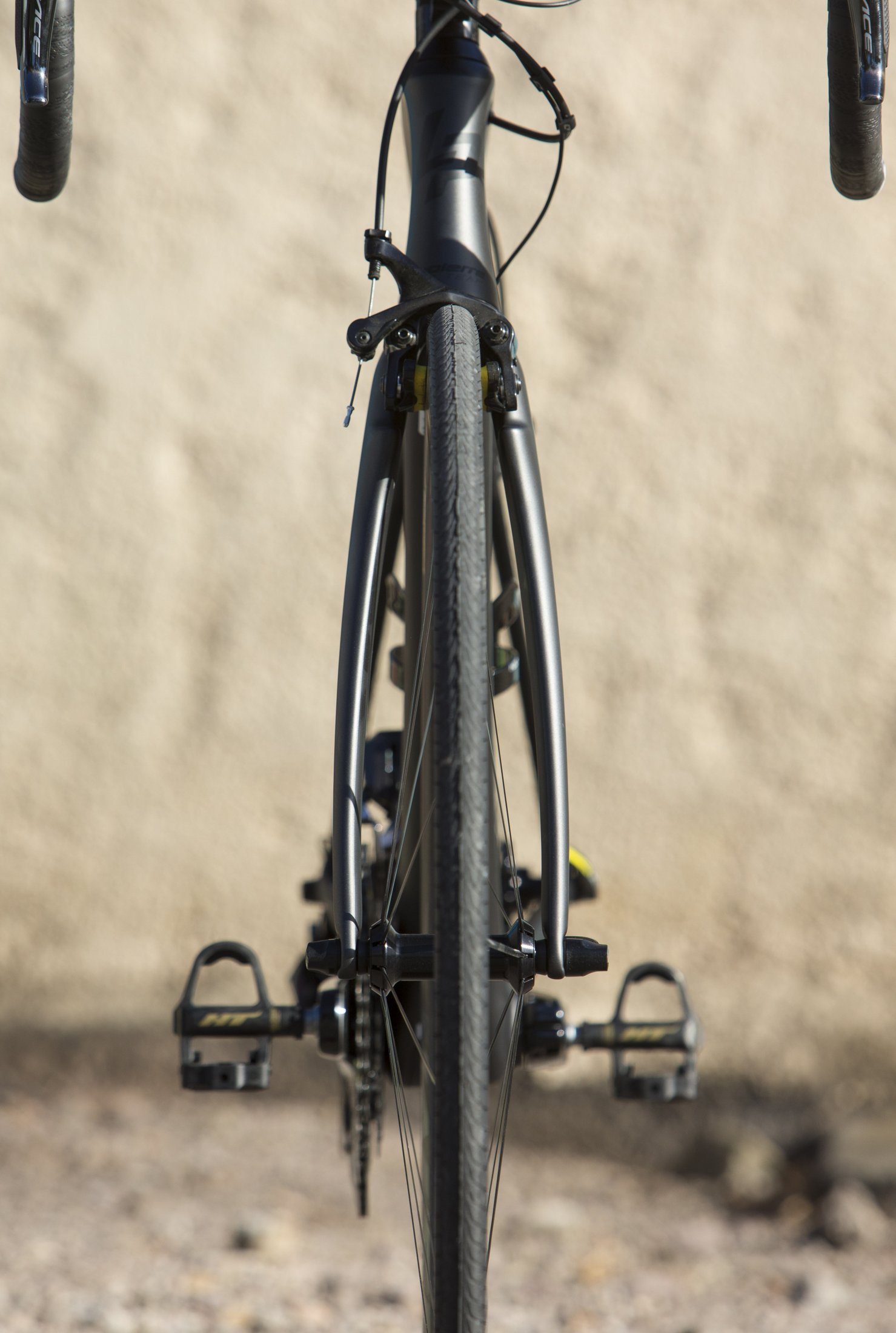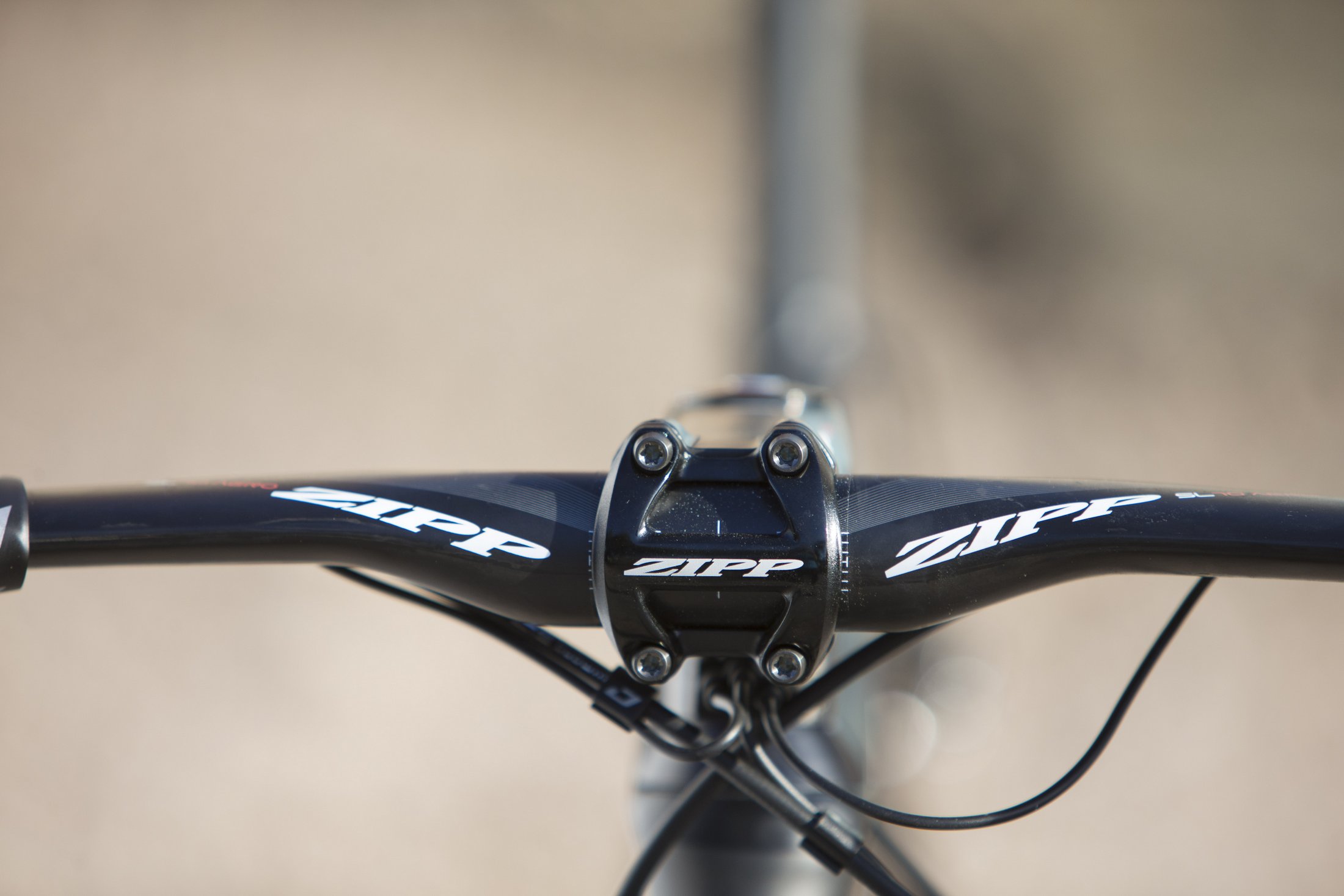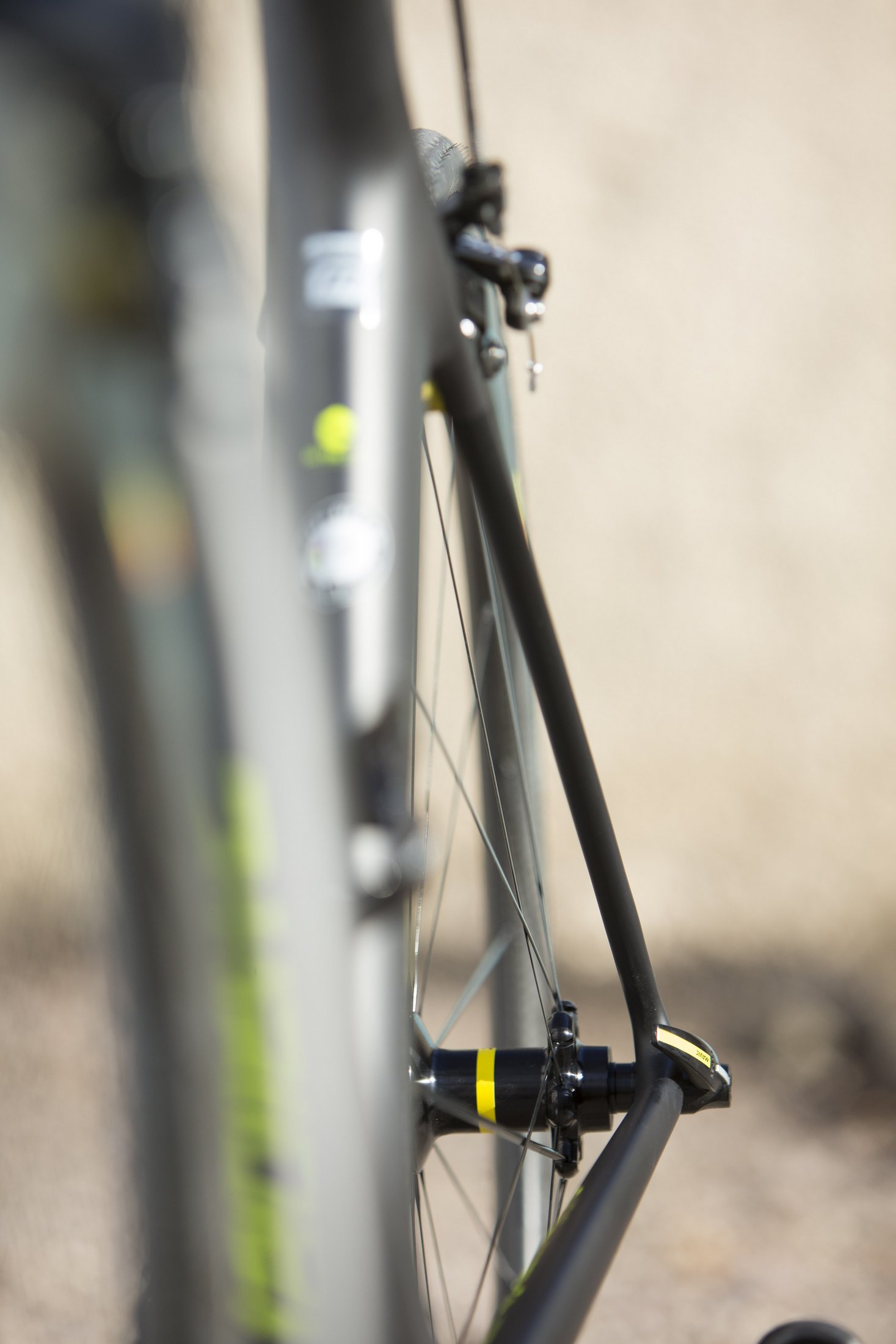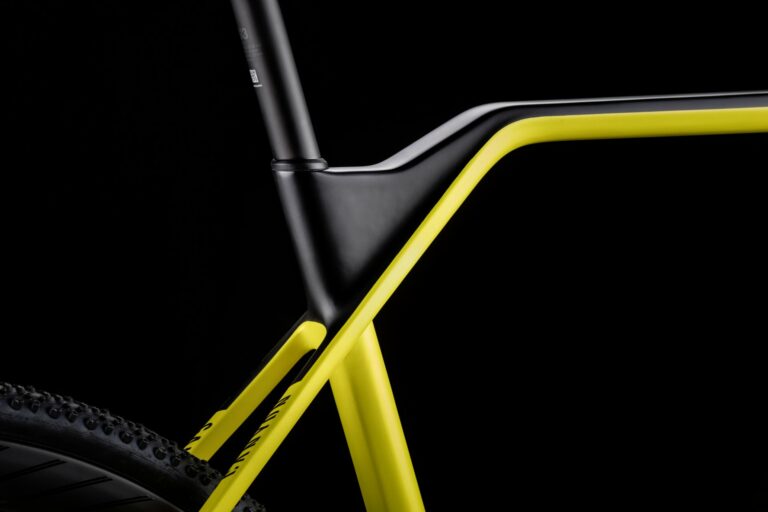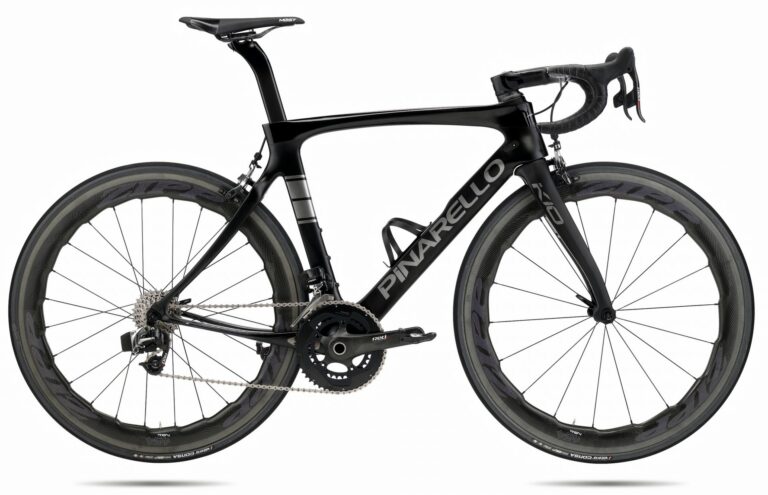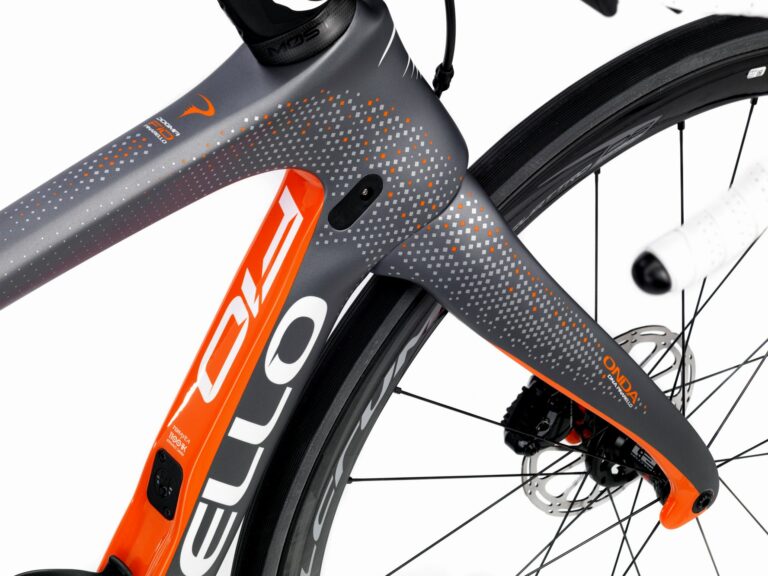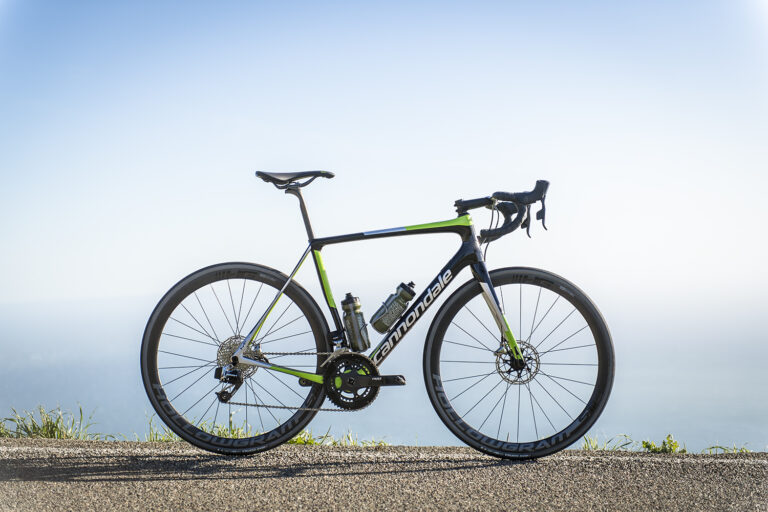At the launch of the new Aircode (and Pulsium) road bikes in June, Lapierre’s engineering guru, Remi Gribaudo, made clear how the French firm is always looking to improve its bikes. Even as one machine is being launch, Gribaudo and his team are looking ahead to the next.
The Aircode is a classic case in point. While Arnaud Demare of the Lapierre-sponsored FJD fed back to Gribaudo that the first generation bike gave the speed and stiffness required to compete in the pro peloton, there was room for improvement.
That improvement, he reported, needed to be in the handling of the Aircode, which didn’t quite provide the favoured characteristics of the Xelius climbing machine. Any benefits to aero performance and stiffness would be welcomed, of course, but the focus needed to be on the predictability of the bike, so that Demare could position himself more confidently for the sprint.
